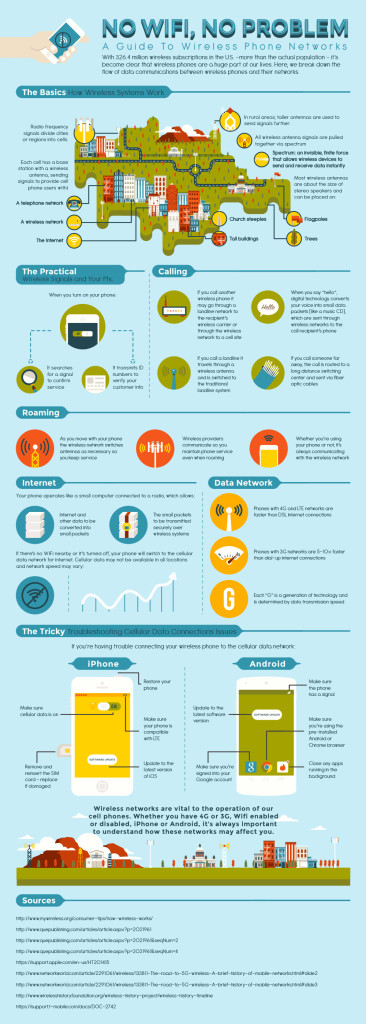Hugo Award-winning author Arthur C. Clarke once stated, “Any sufficiently advanced technology is indistinguishable from magic.” That logic applies to the cellphone, a device based on radio technology that has only ascended in popularity since 1990. In 1985, less than half a million people owned cellphone subscriptions. By 1990, the number grew to 5.3 million, but that’s still a drop in the bucket compared to the 326.4 million subscriptions in the country today. Amazingly, that’s an amount that surpasses the population of the United States.
Tracking the evolution of cellphone technology represents everything that’s great about the research and development process. How did what was essentially a radio in the 1940s evolve into a device as impressive as T-Mobile’s Galaxy S6 Edge? The answer is that scientists gradually improved radio transmissions over time such that the basic radio waves employed during World War II could send data in the same signal.
As is the case with most technologies, the manufacturing process eventually lessened the cost of radio signal transmissions. In 1946, a single phone call via radiotelephony cost $5, and a month’s service was roughly $190. In today’s dollars, that’s $64.50 for one call and $2,451 for a monthly bill, which makes your current service feel like a bargain.
The tipping point in price reduction involved the switch from analog to digital radio signals. Digital can store exponentially more information in the same wavelength. Combined with a greater volume of broadcast satellites, smartphones have virtually unlimited ability to disseminate and receive information cheaply.
If you’d like to read more about the evolution of cellphone technology, take a look at the following infographic. It demonstrates all the ways radio waves have improved over the past 70 years.
(click to see full image)

